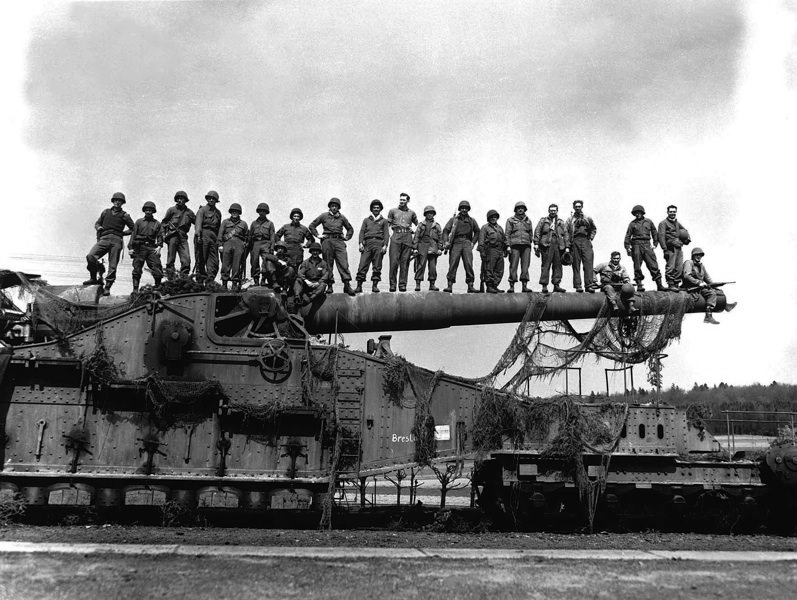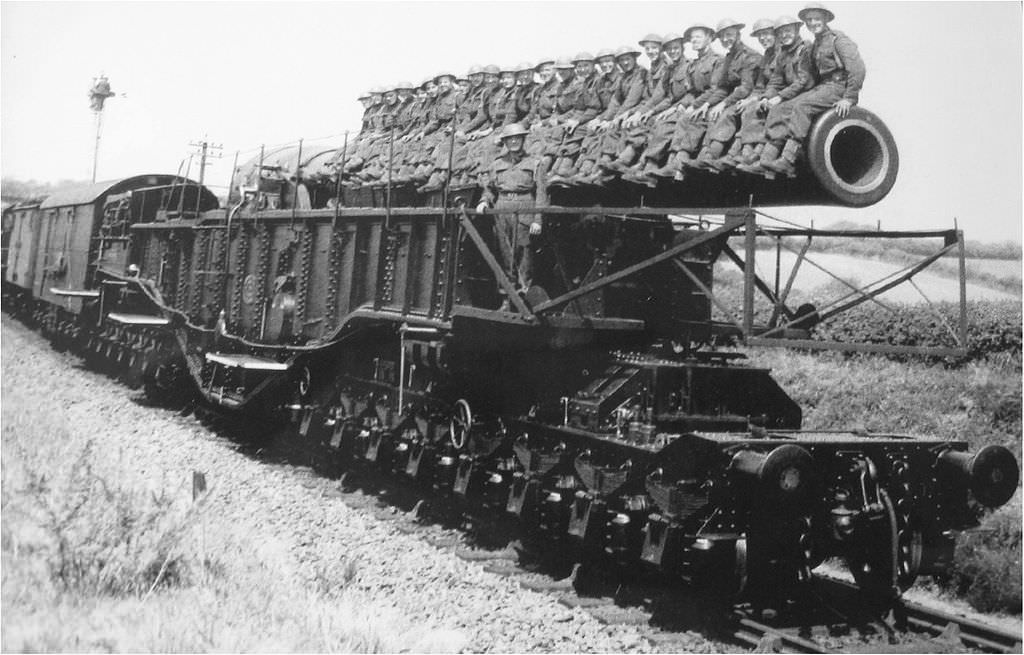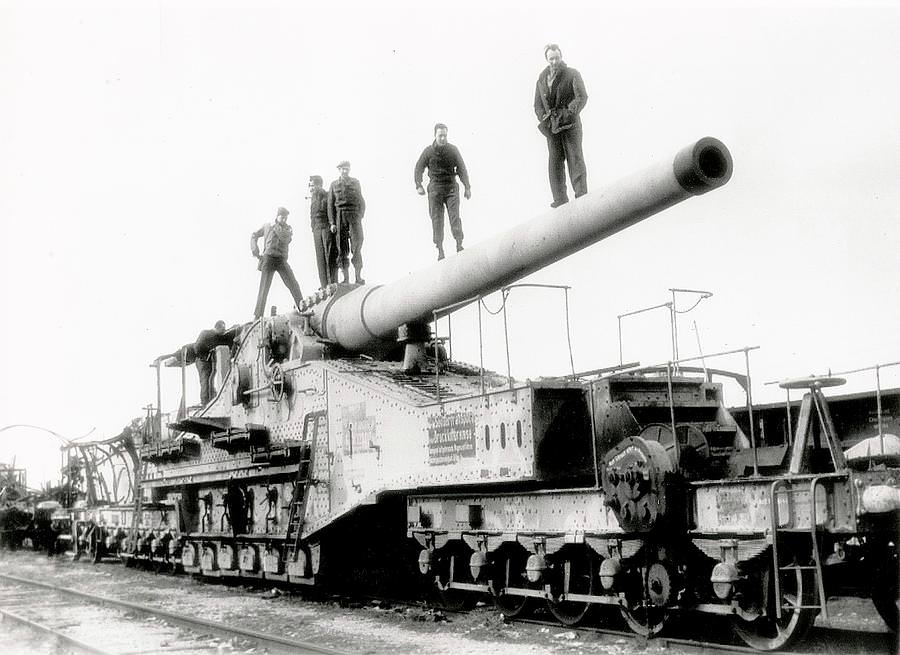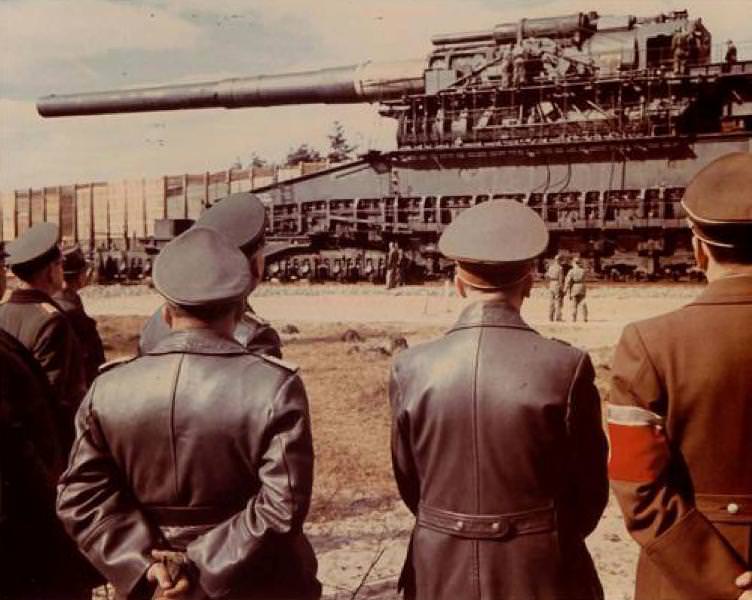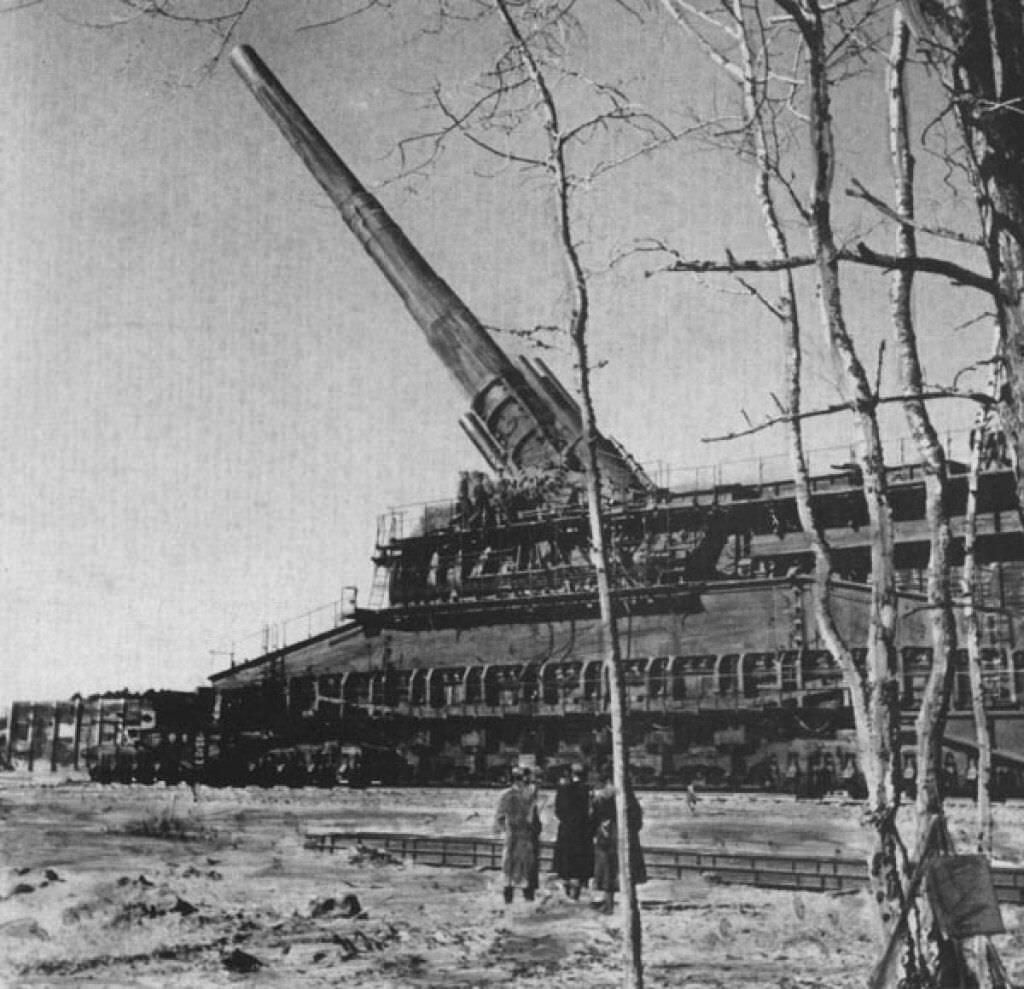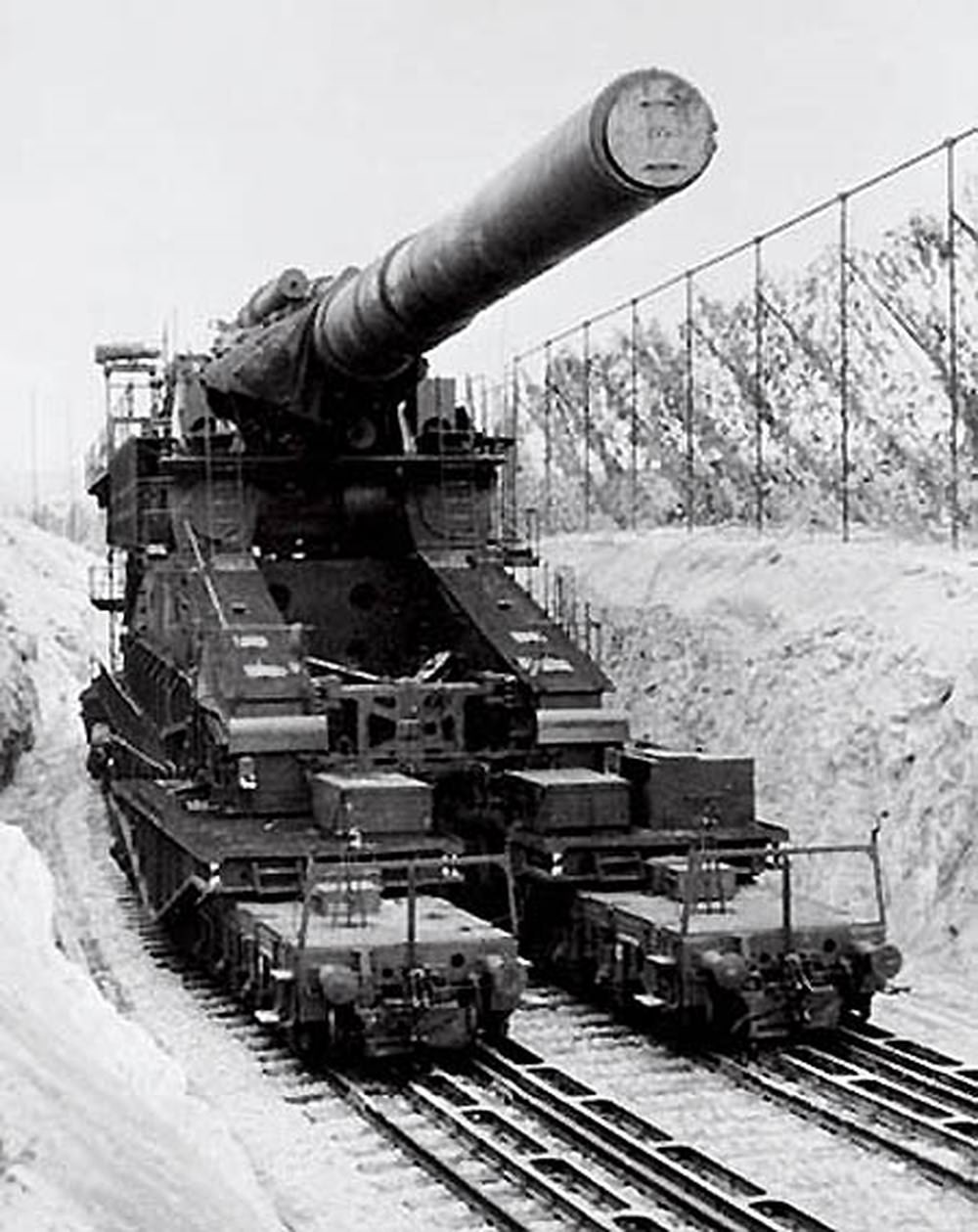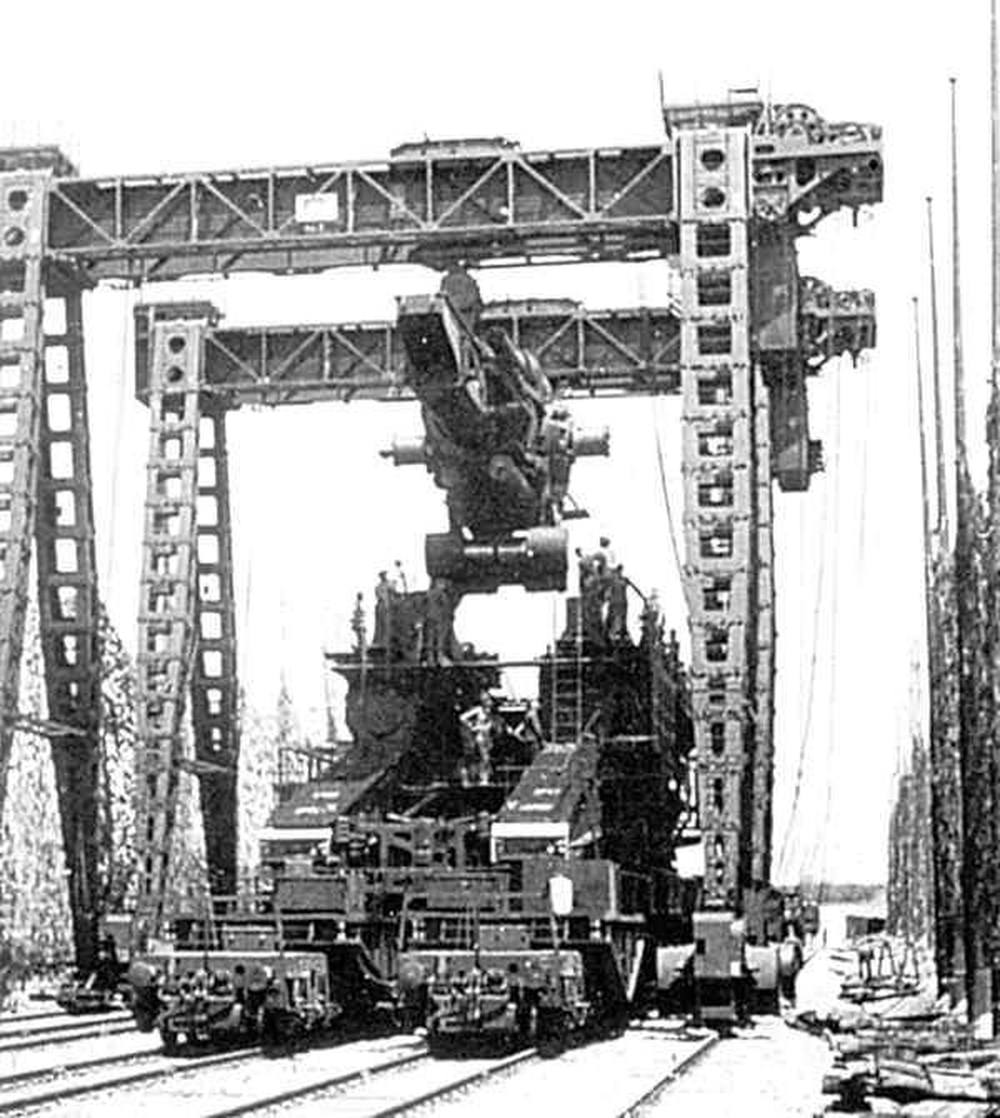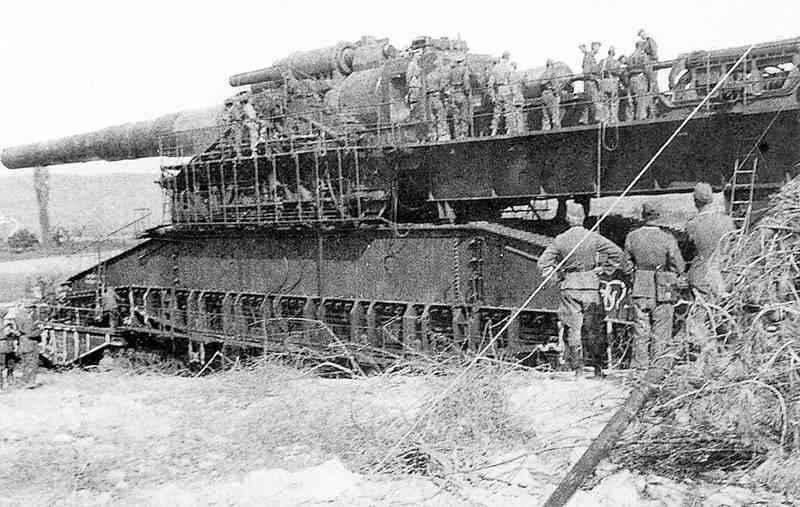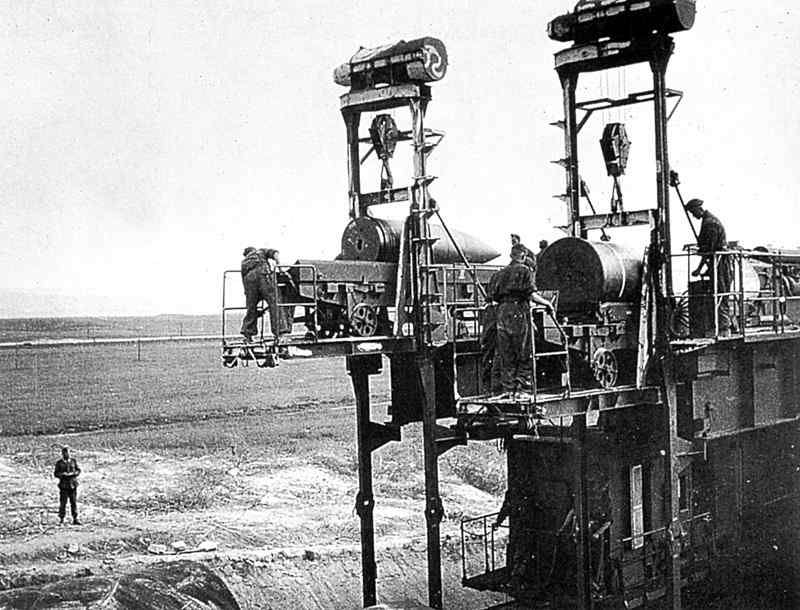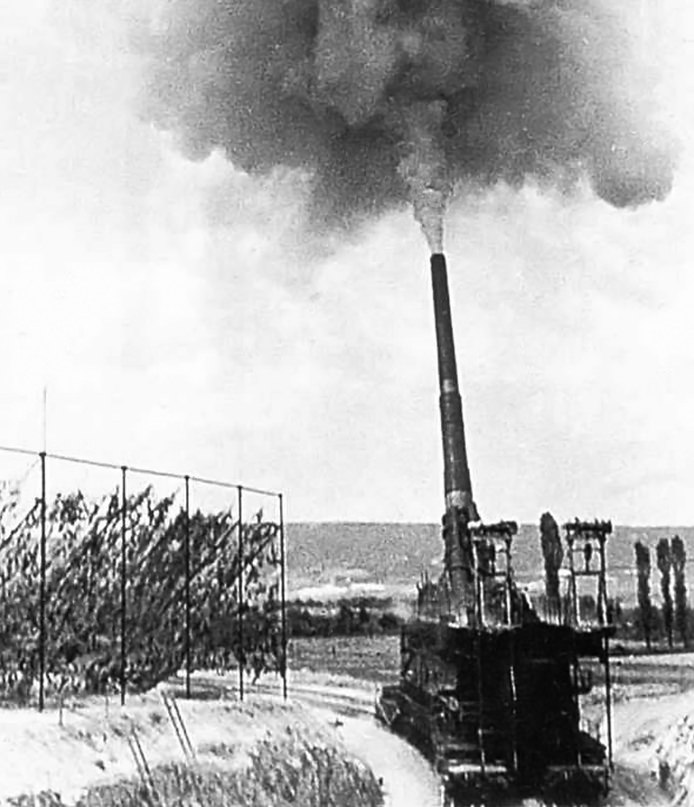For those interested in World War II history, you might be familiar with the name “Gustav Gun”. This gigantic artillery piece, officially known as the Schwerer Gustav, was an extraordinary feat of engineering, designed by the Nazi regime. Though its active service was brief, the Gustav Gun continues to fascinate military historians and enthusiasts alike due to its massive scale and the sheer audacity of its conception. Let’s delve into the fascinating story of the Gustav Gun.
The Birth of a Behemoth
The idea of the Gustav Gun originated in the late 1930s. It was during this time that Adolf Hitler, the German Führer, was laying plans for World War II and required a weapon capable of destroying the heavily fortified French Maginot Line. Hitler approached the famous German steel manufacturing company, Krupp, with this task.
The project was colossal, both in ambition and in actual size. The resulting Schwerer Gustav, named after Gustav Krupp von Bohlen und Halbach, the head of the Krupp family, was the largest-caliber rifled weapon ever used in combat and the heaviest mobile artillery piece ever built.
Mind-Boggling Specifications
The scale of the Gustav Gun was truly astonishing. The gun, along with its carriage, stood about 11.6 meters high, 47.3 meters long, and 7.1 meters wide. It weighed an astounding 1,350 tons – equivalent to around 200 elephants!
Additionally, the Gustav’s heavy railway gun carriage, custom-built to accommodate its tremendous weight and recoil, was an engineering accomplishment in itself. The double set of tracks needed to stabilize the gun was approximately 6 meters wide, and the specialized firing platform required several days to set up and level for firing.
The gun’s primary ammunition was a 7-ton shell, which it could launch over a distance of about 47 kilometers. Its maximum firing rate was about 14 rounds per day due to the lengthy reloading process. To transport the gun, it had to be disassembled into six pieces, requiring a crew of several hundred men and multiple days to reassemble.
A Logistical Challenge
Operating the Gustav Gun was a logistical nightmare. It required a crew of over 500 men to assemble and prepare the gun for firing, a process that could take three to four days. Once ready, it took a team of two-dozen men several hours to load and fire a single round. Despite the challenges, the Gustav’s crew managed to fire the weapon with remarkable precision, particularly during the Siege of Sevastopol.
Furthermore, the Gustav Gun was not just a weapon; it was also a symbol. It was used for propaganda purposes to boost morale among German troops and intimidate the enemy. The sheer size and destructive potential of the Gustav were awe-inspiring, making it a psychological weapon as much as a physical one.
Gustav in Action
Despite its impressive specifications, the Gustav Gun saw limited action. Its most notable deployment was during the 1942 Siege of Sevastopol as part of Operation Barbarossa, where it fired 300 shells at various targets over the course of five weeks. Its use resulted in substantial destruction, including the obliteration of an underground ammunition magazine in Severnaya Bay.
The End of Gustav
As World War II progressed, the limitations of the Gustav Gun became clear. Its enormous size made it an easy target, and its logistical requirements were enormous. Additionally, the evolution of warfare towards mobility and speed made such a cumbersome weapon impractical.
Towards the end of the war, in fear of the Gustav Gun falling into enemy hands, German troops reportedly destroyed it and abandoned it in a forest near Auerbach, about 50 kilometers west of Chemnitz. Today, only the giant barrel remains, housed in the Kubinka Tank Museum near Moscow, Russia.


